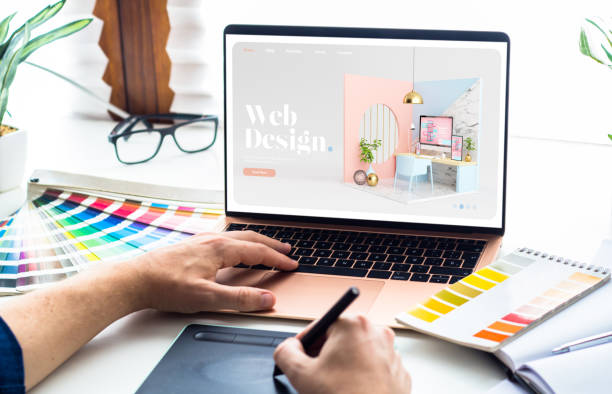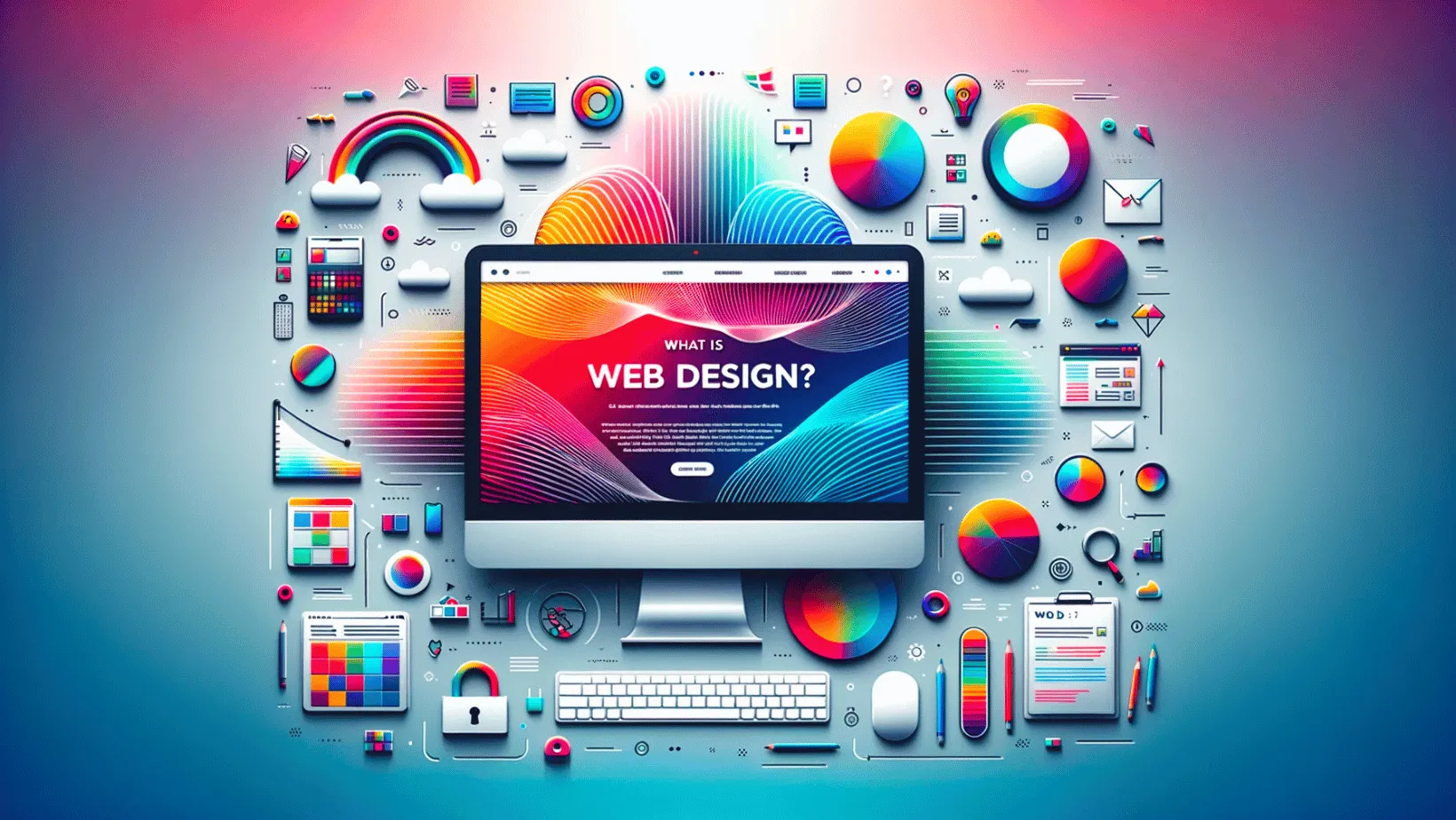Exactly How Website Design Influences SEO and Online Performance
Exactly How Website Design Influences SEO and Online Performance
Blog Article
Maximize Individual Experience With Innovative Site Design Solutions
In today's digital landscape, maximizing individual experience with innovative site style services is critical for organizations seeking to involve their target market effectively. By accepting user-centric style concepts, organizations can create user interfaces that not just fulfill individual requirements however likewise improve total contentment. Trick variables such as responsive layouts, intuitive navigating, and effective visual hierarchy play a critical duty in this process. The combination of interactive elements can additionally boost the customer journey, triggering a reevaluation of traditional style techniques. What techniques might arise when we think about the progressing expectations of customers?
Recognizing User-Centric Layout

To execute user-centric layout properly, it is essential to conduct thorough research, consisting of user interviews, studies, and functionality screening. These research study approaches supply important information that informs style decisions, making sure that the last product straightens with customer assumptions. Furthermore, developing customer characters can assist designers visualize and understand with the end-users, guiding the style process towards much more appropriate solutions.
Moreover, repetitive layout is a crucial element of user-centric approaches. By continually testing and refining layouts based on individual feedback, designers can determine pain factors and locations of enhancement, resulting in an extra polished final item. Ultimately, user-centric layout is not simply a phase in the advancement process yet a continual commitment to focusing on user requirements, resulting in more effective and engaging digital experiences.
Relevance of Responsive Layouts
As digital communications significantly take place across a range of tools, the value of receptive designs can not be overemphasized. A responsive layout makes certain that a website adapts effortlessly to various display sizes, from desktop computer displays to smart devices. This adaptability is crucial in today's multi-device landscape, where individuals anticipate a interesting and regular experience despite exactly how they access content.
The key benefit of receptive design is boosted user complete satisfaction. When an internet site is optimized for all gadgets, it decreases the demand for zooming, scrolling, or horizontal navigation, which can lead and annoy users to greater bounce prices. In addition, internet search engine like Google prioritize mobile-friendly web sites in their ranking algorithms, making receptive formats essential for efficient search engine optimization strategies.
In addition, receptive layouts help with less complicated upkeep and updates. Rather than taking care of different versions of a web site for various devices, a solitary, fluid layout can be modified, conserving time and resources. This holistic method not only boosts efficiency but additionally cultivates brand coherence across systems. Eventually, buying responsive designs is not simply a trend; it is a basic concept of contemporary internet design that substantially boosts user experience and interaction.
Enhancing Navigation and Ease Of Access
Efficient navigation and availability are pivotal components of a properly designed internet site, dramatically influencing customer engagement and satisfaction. An user-friendly navigating framework permits site visitors to find info rapidly and without effort, decreasing irritation and enhancing the chance of repeat check outs. Executing clear, detailed tags for navigation web links, along with a sensible pecking order, can assist customers perfectly via the site.
Access is equally essential, making certain that all customers, no matter their capabilities or handicaps, can connect with the site properly. This can be attained via using ideal shade contrasts, text dimensions, and alt text for images, which together enhance the experience for visually impaired users. Incorporating keyboard navigation and screen reader compatibility increases access for individuals with varied requirements.
Normal usability testing can provide important insights right into navigation effectiveness and availability problems. By gathering comments from real customers, designers can determine discomfort factors and make informed modifications. Inevitably, prioritizing navigating and ease of access not only fosters inclusivity but also cultivates a positive user experience, reinforcing the brand's dedication to high quality and customer care in a significantly digital landscape.
Using Visual Pecking Order Effectively
Visual power structure works as a directing structure in internet site layout, directing users' interest to one of the most crucial components on a web page. By strategically organizing aesthetic components such as color, spacing, and typography, designers can produce a clear pathway for users to adhere to. This structure not he has a good point only enhances customer experience however additionally improves content comprehension.
One reliable means to develop visual pecking order is with making use of dimension and scale. Bigger components normally draw in even more focus, making headlines and crucial visuals popular. Enhancing this technique with contrasting colors can better differentiate primary web content next from additional information, ensuring that crucial info attracts attention.
Furthermore, the setup of elements plays an important duty in assisting individual interaction. Employing a grid layout can create a natural flow, while whitespace assists to different content and minimize cognitive lots - Website Design. This willful spacing allows individuals to process information more quickly, bring about enhanced involvement
Finally, making use of regular design patterns helps reinforce aesthetic pecking order, providing users with acquainted hints as they browse the site. By focusing on these concepts, developers can successfully maximize individual experience, making sure that visitors can easily situate the info they seek.
Incorporating Interactive Elements
The incorporation of interactive aspects into site style can substantially boost individual involvement and general experience. Interactive functions such as sliders, tests, and surveys not only mesmerize users but likewise promote active engagement, making the browsing experience much more unforgettable. By motivating customers to interact, websites can efficiently maintain focus and lower bounce prices.
Additionally, integrating dynamic material like computer animations and float results adds an attractive layer of interactivity. These elements can assist users without effort with the site, highlighting important information and phones call to action. As an example, computer animated switches can attract focus and enhance click-through prices.
Additionally, customization with interactive tools such as chatbots or referral engines permits sites to accommodate individual choices, fostering a feeling of connection. This tailored method not just boosts user fulfillment however likewise motivates repeat visits.
Including analytics tools to track interactions offers useful insights into individual actions, making it possible for constant renovation of the interactive elements. Inevitably, a well-designed interactive have a peek at these guys experience changes a passive surfing session into an interesting trip, causing raised user complete satisfaction and commitment. For that reason, integrating interactive aspects is vital for making best use of user experience in modern site style.
Final Thought

In today's electronic landscape, maximizing customer experience with ingenious site layout solutions is imperative for businesses looking for to engage their audience properly. Inevitably, prioritizing navigation and accessibility not only promotes inclusivity however likewise grows a favorable individual experience, reinforcing the brand name's dedication to top quality and user treatment in an increasingly electronic landscape.

In conclusion, maximizing individual experience with ingenious internet site design remedies necessitates a dedication to user-centric concepts. Website Design.
Report this page